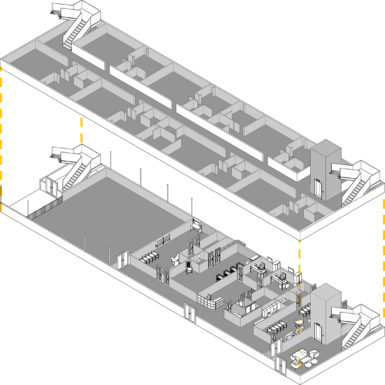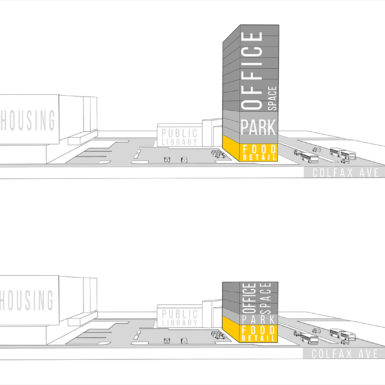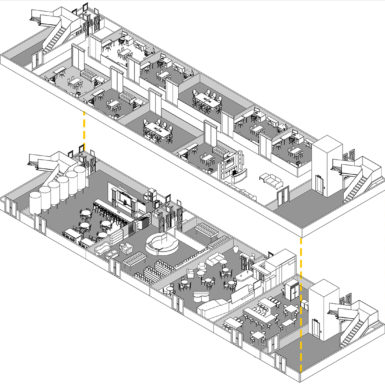In these interactions, participants walked through four stations, first, capturing their base demographics. Second, we captured the location of their home, primary grocery store, primary health care service provider, and early childhood care center (if applicable). Fourth, we asked for opinions of what uses should be located at the Mile High Vista site and qualitative aspects desired for each use. Finally, we asked for their general perceptions of the neighborhood in which they lived. At community meetings, we spoke with approximately twenty people, a majority of which being residents of the Avondale Apartment building. Following are details of both key takeaways and detailed results we learned from this process. Unfortunately, there were participation gaps regarding renters in the three communities, and results from Sun Valley were too low to be analyzed. If time allowed, we recommend a more targeted process to hear from those specific populations.
Key Takeaways:
1. Extraordinary support for healthy food retail at Mile High Vista
2. High levels of interest in community and meeting space, represented by the types of food options requested—markets with small vendors paired with grocery store
3. Less demand for early childhood education than we anticipated based on high percentage of families with young children
4. Potential demand for small business office space on upper floors
With our insight from the Community Engagement phase, we selected five different uses to study more closely. In partnership with Shift Research Lab and the West Colfax Food Co-op, we gathered market feasibility data for the five uses within a one mile radius surrounding the Mile High Vista site. The following pages provide market data for: 1) Grocery/Market 2) Food Retail 3) Housing 4) Early Childhood Education and 5) Office.








